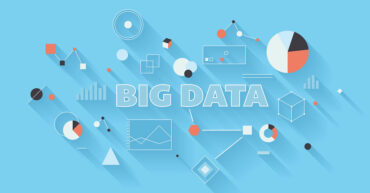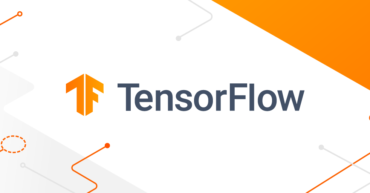Evolution of artificial intelligence(AI)
- May 4, 2023
- Posted by: Kulbir Singh
- Category: Artificial Intelligence , Data Science , Deep Learning ,

Since its inception in the 1950s, artificial intelligence (AI) has made significant advancements. Because of improvements in processing power, machine learning methods, and the accessibility of massive data, the discipline has developed quickly.
Today, artificial intelligence (AI) powers everything from social media and search engines to self-driving cars and medical diagnoses.
This essay will examine the development of AI and how it has altered our environment.
Rule-based systems, where computers were programmed to make judgments based on a set of established rules, were the main focus of AI research in its early years.
Early Age
Rule-based systems, where computers were programmed to make judgments based on a set of established rules, were the main focus of AI research in its early years.
The only problems these systems could resolve were those that were specifically put into them, limiting their possibilities.
Researchers started to create more complex algorithms that could learn from data and get better with time in the 1960s and 1970s.

New Age

As a result, machine learning was created, and it is now the foundation of contemporary AI. The introduction of deep learning in the middle of the 2010s was one of the biggest advances in AI.
Artificial neural networks are used in deep learning, a branch of machine learning, to model the structure and operation of the human brain.
These neural networks can learn from vast amounts of data, enabling them to recognize patterns and make predictions with incredible accuracy. Deep learning has led to major advancements in computer vision, natural language processing, and speech recognition.
AI has also made significant strides in robotics and automation. Autonomous systems that can perform complex tasks without human intervention are becoming increasingly prevalent in manufacturing, logistics, and transportation. Self-driving cars, drones, and robots are all examples of AI-powered machines that can navigate and interact with the world around them.
Together with its uses in business, artificial intelligence has completely changed healthcare. AI-powered diagnostic technologies have a high level of accuracy when analyzing medical images and identifying abnormalities, which enables clinicians to make better choices regarding the care of their patients. A patient’s genetic profile and medical history are used to build individualized treatment strategies using AI. Nonetheless, there are issues and problems surrounding AI. The possible effect on employment is one of the main issues with AI.
As AI-powered automation replaces human workers in certain industries, there is a risk of job displacement and economic inequality. Additionally, there are ethical concerns surrounding the use of AI, particularly in areas such as facial recognition, surveillance, and autonomous weapons.
In conclusion, the development of AI has been impressive, with advancements in robotics, deep learning, and machine learning changing the environment around us.

While there are certainly challenges and controversies to be addressed, the potential benefits of AI are immense, from improving healthcare outcomes to making our cities smarter and more efficient. As AI continues to evolve, it will be crucial to strike a balance between innovation and responsible use to ensure that the technology benefits society as a whole.
Autonomous vehicles, also known as self-driving cars, are like smart robots that can drive themselves without a human driver.
Big Data Analytics is like using a magical magnifying glass that helps you see what’s hidden in huge piles of data. Imagine you have a gigantic puzzle made of billions of pieces
TensorFlow is like a magical toolbox that computer wizards, also known as programmers, use to teach computers how to think and learn on their own



